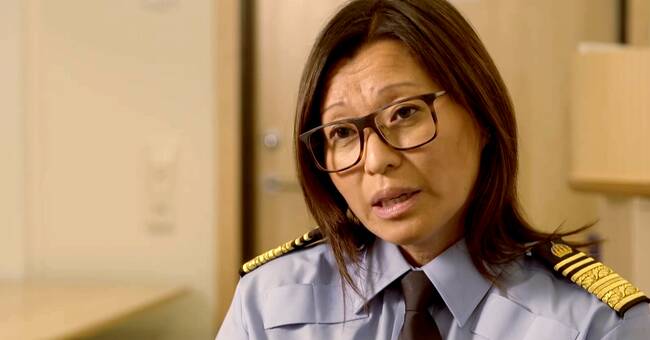SVT has been able to tell how the National Forensic Center, NFC, sorted out DNA traces that ended up below a certain limit value for over 20 years.
Traces that could have helped to trap or free in criminal cases.
- When asked if we should do everything that is ordered, my answer is: no, we should not do that.
For some of what is ordered, it is not what the client basically wants because they lack basic knowledge about the forensic activities, says Helena Trolläng who is department manager at NFC.
In an email response, NFC writes that "the limit is set for not continuing the analysis of samples that NFC, during the validation of the method, has seen little or no chance of achieving a useful DNA result".
NFC: "For comprehensive material"
But there is a German study from 2017, done on real crime scene tracks, which shows that it is possible to obtain useful DNA profiles in more than every third case that falls below the Swedish limit value.
SVT has been in contact with a number of people in the judiciary who do not know that incompletely analyzed DNA traces end up in the freezer at NFC.
As an argument as to why the NFC is not clearer about the limit value, they answer that it "would provide too extensive material for prosecutors and courts".
In the case of serious crimes, deeper analyzes are made than in the case of mass crimes, according to NFC.
- My picture is that our activities, just like other police activities, need to make distinctions of different types of cases.
I perceive it as if we have historically not placed such great values on the type of cases we have handled, we do that more today, says Helena Trolläng.

